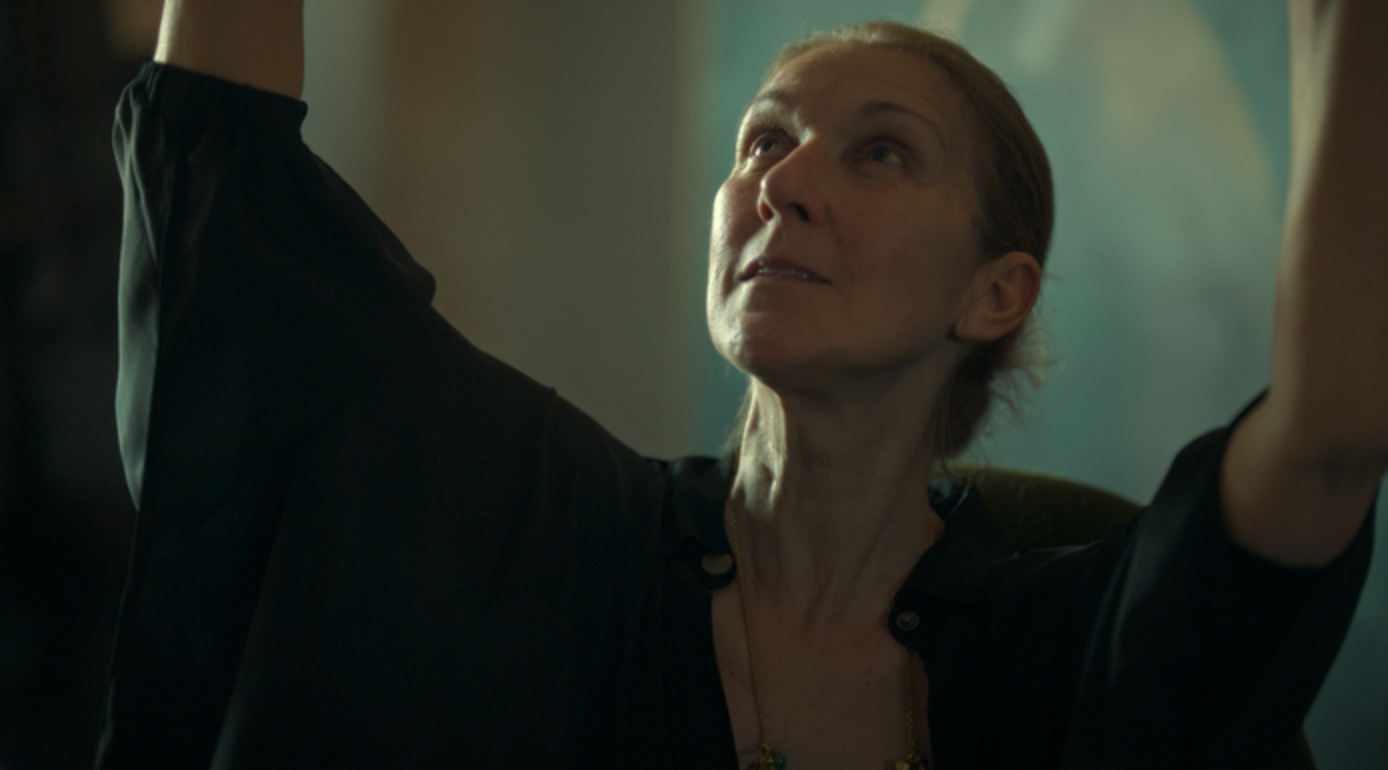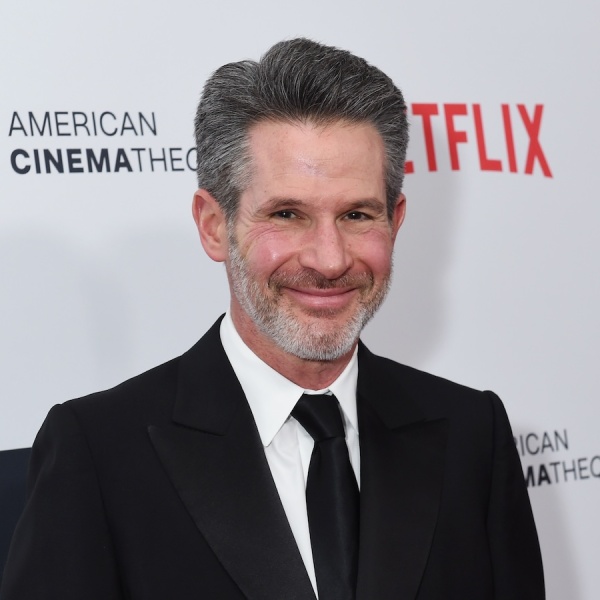
Celine Dion has been out of the public eye, or at least off the grand public stage, since revealing her diagnosis of Stiff person syndrome in 2022, eyes welling with tears and regret for having to cancel a tour. While the iconic power ballad voice of her (or any) generation has largely kept the particulars of her rare neurological illness off screens, Irene Taylor’s vivid and unflinching documentary “I Am: Celine Dion” gives fans and audiences an at times unsettlingly candid and up-close-and-personal tour of Dion’s psychic free-fall in the aftermath of that diagnosis. Eschewing talking heads for a portrait in which Dion insisted she do all the talking herself, this is a rare nonfiction chronicle of an artist that also avoids hagiography — we see Dion at her lowest because that becomes the reminder of who she is at her very best.
“Her very best” is so many things more than “My Heart Will Go On” or insert-any-other-single you most remember the Quebecoise singer for. “I traveled the world and didn’t see anything,” Dion tells the camera, in the presence of two of her three sons she shares with her late husband and producer René Angélil, who died in 2016. (Angélil is surprisingly not much of a presence in this film, which, instead of a panoply of home movies or other cinematic elegies, only reveals his presence through brief footage of his funeral.) What she means to say is that her culture-transcending song craft has taken her around the globe, but with each tour stop never came one of the revelatory travel moments that affect us all. She was instead living a life in dressing rooms and on stages, all the while concealing an anomalous neurological condition that’s now prevented her from singing as she once did with such gravitas.
Filmmaker Irene Taylor, rather than position Dion in manicured interviews or against talking heads that are all the rage among any documentary you see nowadays, follows her in her Las Vegas outpost home, retreating from the run of performances she had to cut short due to her disorder. It’s there she’s trying to build back strength amid a constant stream of medications, including a staggering dosage of Valium. We see Dion in only unvarnished moments, vacuuming or playing sports or video games with her kids, and often in distressed repose, fighting against a condition in which her muscles are literally rebelling against her brain. “It hurts me to show you this,” she says at one point, clearly struggling on camera. Later, the camera fixates on a harrowing seizure Dion experiences after trying to record music again (her voice is now no longer the mezzo, piercing, belting stentorian it once was, and instead now a high-pitched shell of the before).
“I Am: Celine Dion” rarely looks backward, only waiting until well into the film’s under-two-hour running time to introduce archival footage of her childhood and early career days on TV and eventually in arenas. She reminds us that she didn’t create or invent herself; she rather is just the person she always was, and not some persona conjured for the stage or screen. Dion’s flippant sense of humor is preserved here, as she’s just as willing to laugh at herself and her condition as she is the circumstances around her. You sometimes yearn for the context of testimony from her family — she has 13 siblings! — but are reminded of the power of documentary when it leaves such platitudes behind. Not since Asif Kapadia’s “Amy” has a documentary looked so closely and with so few holds barred at a singer/songwriter made iconic by a spotlight that has also ended up shrouding her.
To explain her condition and the insecurity she feels about how it has disappointed fans, Dion uses the metaphor of an apple tree: “People are in line, and I give them apples… I shine them, and they all leave with a basket of apples. My branches are starting to fall sometimes, they get crooked, and those branches are starting to produce less apples. But there’s still as many people in line. I don’t want them to wait in line if I don’t have apples for them.”
But a fan reminded her that “we’re not here for the apples; we’re here for the tree.” And indeed, “I Am: Celine Dion” graces us with plenty of footage of Dion’s ballad-belting, even while she reveals that past moments where she perhaps shook the mic in a sound-checking gesture or feigned a cough, she was fighting back extreme pain in her body due to what was a then-unknown illness warring within her.
Dion participates in Taylor’s extraordinarily intimate and revealing documentary in an often disheveled state, or at least without the makeup or adornment of the many beautiful clothes she keeps stored in a warehouse, revisiting with a bright-eyed nostalgia. But she never feels sorry for herself or collapses into self-pity, instead insisting that, god damn it, she will crawl back onto that stage if she has to.
A scene in which Dion has a body-stopping nervous spasm, curled into a ball on a table as her minders rush to her aid, is excruciating to watch. But you can sense that Dion purposefully wanted to include this moment to not only turn a light on her illness and perhaps destigmatize any disability threatening a person, creative or otherwise, but also to remind us of the flaws-and-all woman behind the voice that was always there anyway. She’s never been anyone but herself, and this movie allows that self to shine through in ways that feel rare for a documentary about an artist.
Grade: B+
“I Am: Celine Dion” premieres on Prime Video Tuesday, June 25.




